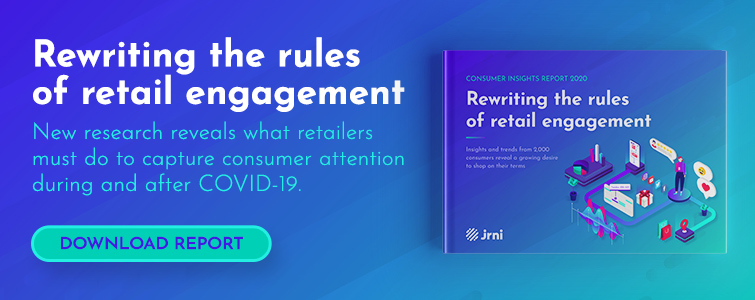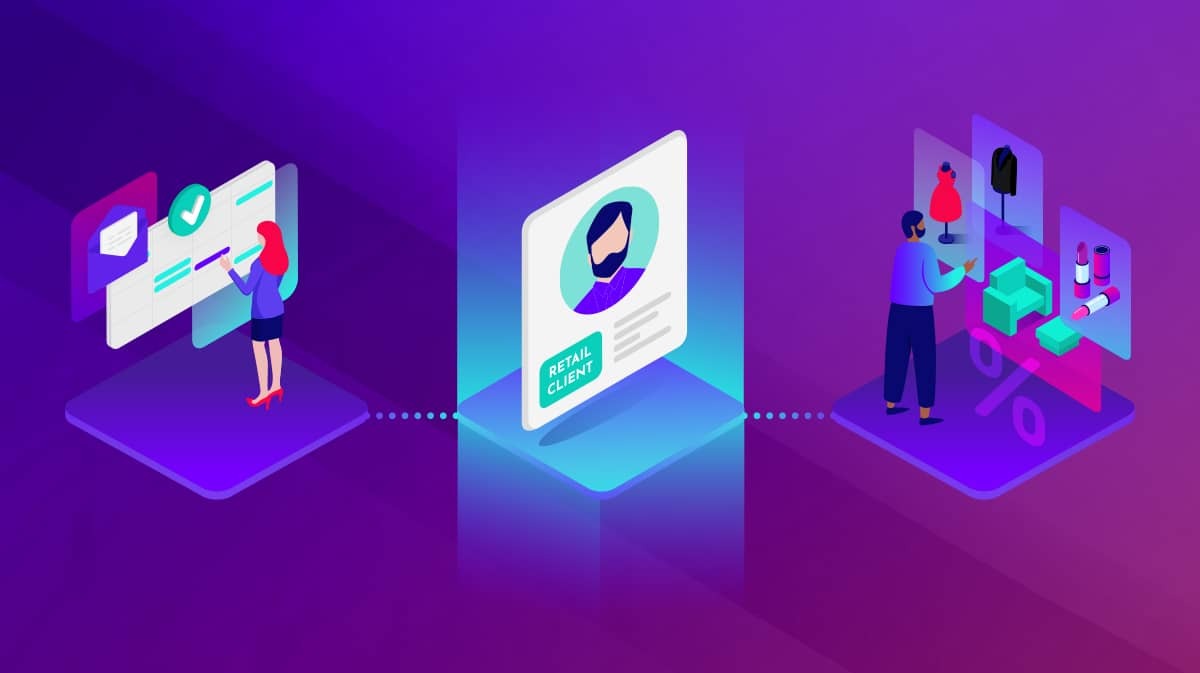What is customer flow management and why is it important?
Customer flow refers to the movement of people around a store, office, or commercial indoor space. Customer flow management, then, is the practice of overseeing, directing, and managing the movement of people within a store.
Customer flow management is crucial for an orderly in-store experience that allows staff to focus on helping the greatest number of people as best as they can, while making it easy for customers to get what they need as efficiently as possible.
Most retailers and retail solutions think about flow management mostly as a matter of queuing. Queuing is certainly a major part of flow management, but other methods - such as appointment scheduling and footfall management - have an important role to play as well, particularly with ongoing restrictions on store occupancy due to COVID-19.
How appointment scheduling can help retailers better manage customer flow
Appointments are another way to bring customers in-store and face-to-face with your staff for a more personalized experience. As a way of managing customer flow, appointment scheduling can augment both virtual and traditional queue management.
Appointment scheduling software allows retailers to stagger traffic into their stores by offering a means for shoppers to book set times to meet with a staff member. The software automates this process and eliminates the need for staff members to manually schedule, send reminders, and follow up on customer appointments.
Appointments, as an alternative to walk-ins, are a great way to manage customer flow. In this section, we’ll look at how appointment scheduling can be an effective addition to your wider customer flow management effort.

Give consumers other options for face-to-face experiences
Appointment scheduling gives your customers other ways to get the in-person, face-to-face experience without having to just walk into your stores.
There are two key types of appointments: In-person, in-store appointments and remote appointments. In both cases, appointments give consumers more power over how they engage with you. They can set a specific amount of time to get personalized service on the things they care about most.
As a retailer, you benefit because appointments as an alternative to a walk-in mean that customer flow is predictable. You know how many customers your staff will be working with at every time of day. They’re less likely to be surprised by a surge in traffic that overwhelms your staff.
Change operational models when needed
If future COVID-19-related lockdowns occur, restrictions on businesses may return. That can mean anything from stores having hard limits on how many people can be inside, to stores having to do full shutdowns.
As we’ve all learned this year, even limited traffic can hamper sales. One way to avoid the negative impact of diminished foot traffic due to the pandemic is to switch to appointment-only service.
Appointment-only can be a great option to maintain at least some customer flow while restrictions are in place. Customers who would normally be leery of going into a store can feel more at ease when they know they will be meeting with a specific staff member for their needs rather than trying to avoid the crowd.
Segment customers based on need
Appointments are great when a customer needs that one-to-one face time for a more personalized experience. But not all appointments are for the same purpose.
Appointment scheduling software should be flexible enough to allow multimodal appointments, so customers can book time with the right staff member for their needs.
For example, a home goods retailer might have staff experts on decor, gardening, appliances, and so on. A customer that needs help with gardening products doesn’t want to wait for a gardening expert to be available.
Appointments make it possible to always ensure the customer goes to the right person, saving them the hassle of having to look for items themselves or ask someone who isn’t an expert in the department they need. This makes their trips to the store not only more personalized, but more efficient.
Allow staff to better organize their time
Scheduled appointments reduce downtime and allow staff to focus on one customer at a time, not manage multiple customers or worry about constant interruptions.
Downtime is a side effect of less structured ways of managing customer flow. To manage the peaks and valleys of store traffic, retailers can bolster staff during periods of heavy traffic to eliminate unnecessary downtime.
Staff who are serving customers on an appointment-only basis tend to have more structure in their days, as the predetermined cadence of appointments gives them consistent tasks of preparation and time spent serving customers. There’s less of a chance that staff will be standing around during off-hours when customers can schedule appointments with them, allowing you to assign staff only during hours where they’re needed.
Understand peak times and schedule staff appropriately
As an extension of the last point, appointments help you manage customer flow by giving you insight into when customers want to come in for appointments and when they don’t.
By looking at the data from your appointment scheduling solution, you can identify peaks and valleys in customer flow as it relates to appointments. That data can show you when you need more staff to manage rush times and more appointment slots available for customers. It also shows you when you can have fewer staff members on-hand due to slower customer flow.
Managing customer flow has always been an important job for retailers. As consumers look for ways to shop more conveniently, and safely, retailers will have to expand their toolset to include appointments as a way to manage customer flow effectively.
Want to know more about changes in consumer behavior, and what you can do to improve the customer experience? Then be sure to download the report "Rewriting the rules of retail engagement"!




